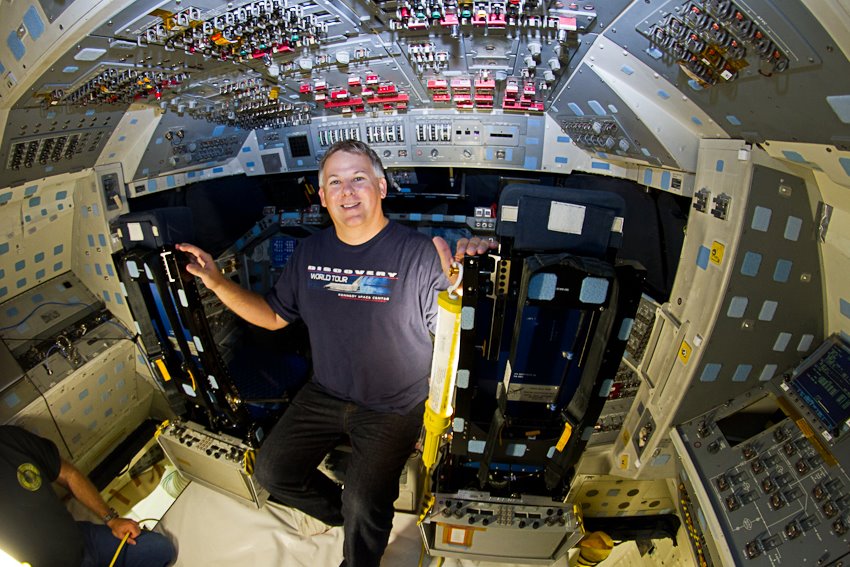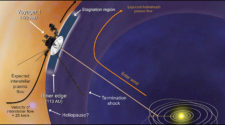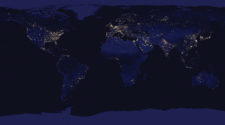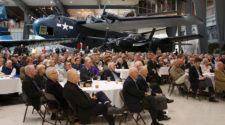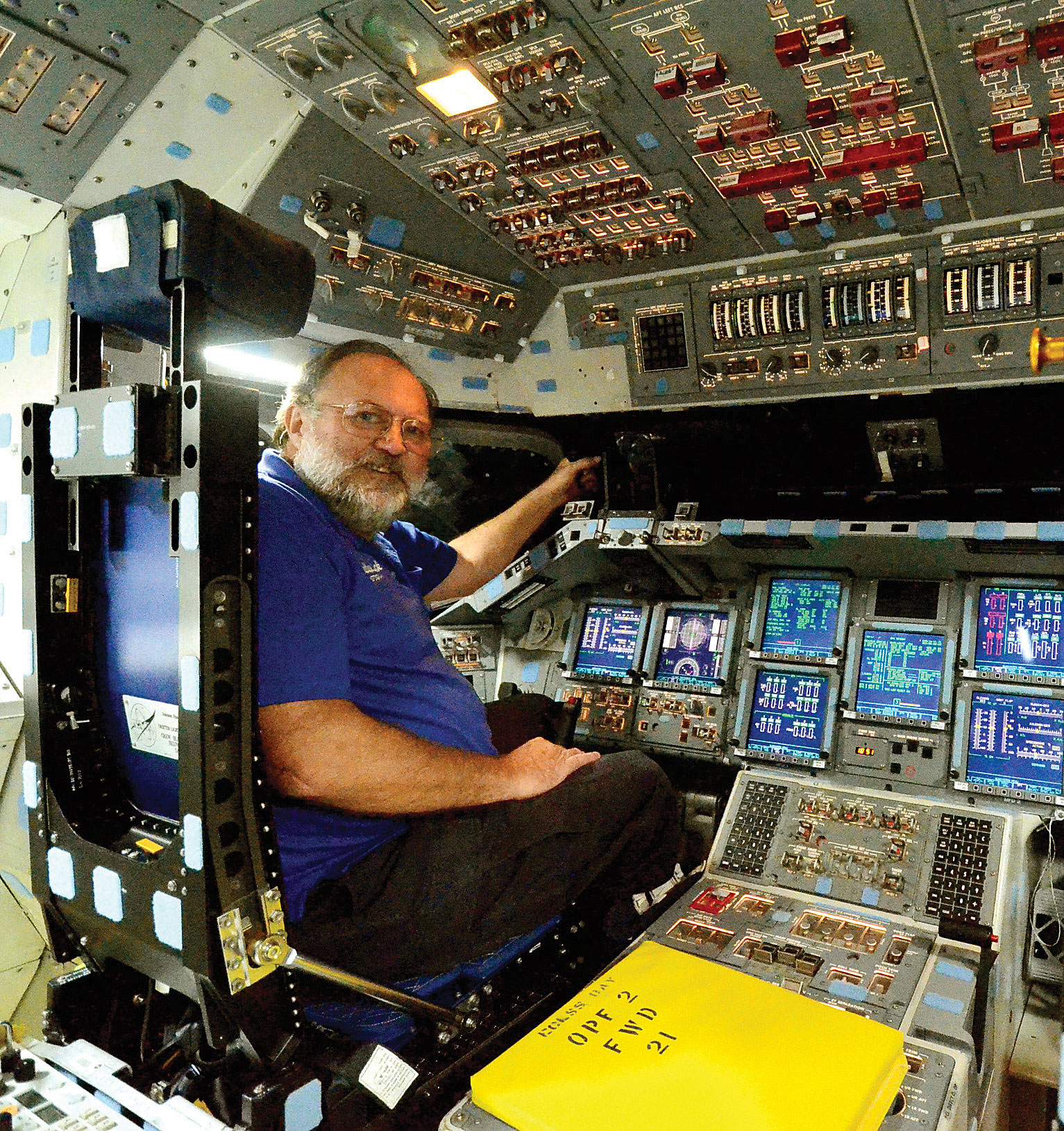
It may seem like nothing more than a tall tale, to hear that after arriving at the Space Coast in the last 1960s, a teenager from England soon would be riding atop the launch tower for a Saturn V as it rolled out to the launch pad. But in this case, it is the real life story of photographer Julian Leek, a man who has been recording the history of America’s space program from the vast wilderness of John F. Kennedy Space Center and Cape Canaveral Air Force Station since the launch of Apollo 7 in 1968.
Leek was born in a small country village in southern England, but followed his mother to the United States in 1967. She was already in the country promoting one of her books with TV, radio, talks shows and special events.
“My mother ended up staying & brought me over from the UK,” said Leek “As for the Space Coast, one of her friends brought a Chinese junk (boat) from China, a real one, and had it shipped to America. They headed south from Boston and ended up at the Indian Harbor Pines Marina near Patrick Air Force Base. She made phone calls north to say they had just found paradise. The secret was out!”
With all the traveling across America that Leek was doing, a friend had decided to give him a Nikormat camera to document his journeys. Leek started photographing “everything.” Combine that with the fact that a friend of the family was a member of the Air Force running the protocol office at PAFB and made certain that he always had passes to watch the rocket launches, and it is little wonder that he quickly became enamored with photographing the launches and everything to do with manned spaceflight.
“I went out to a launch and was hooked right away,” said Leek, who would go on to be hired as a stringer covering the Space Coast for the Miami Herald newspaper. His work has appeared in publications all across the globe and on the internet.
From Apollo 11 all the way through Apollo 17, Skylab and the Apollo-Soyuz Test Program, he was right there in the midst of the action shooting photographs. Thousands of rolls of black and white and color film documenting perhaps the most adventurous undertaking of all time. The memories are many, but he does have a few favorites.
“By far seeing Apollo 11 take off for the moon,” he exclaimed. “Riding out on the top of Apollo 16 as it traveled to the pad was an ‘E’ ticket. Looking down from the gantry while moving on the crawler way to the pad is a photo opp that not many people have had.”
When Space Shuttle Enterprise, a prototype, arrived to prepare for the first launch of the Space Shuttle program in 1981, Leek was there once again with his camera, experiencing “the thrill of being on the edge of the VAB roof as history passes below.” And when the program finished out its 30-year run with three launches in 2011, he was still there, although the film cameras had given way to a modern digital SLR camera. He received the rare opportunity to venture inside Space Shuttle Endeavour and, via AmericaSpace, followed the orbiter on her final journey “being on the streets with the people of Los Angeles day and night seeing the look of pride on their faces as ‘their’ shuttle passed by.”
Whenever there is a launch of any rocket, whether it be Atlas, Delta, Falcon, SLS or another future space vehicle, the odds are that if you look around, you will see him out there with his camera to tell the story with each and every photo he takes.
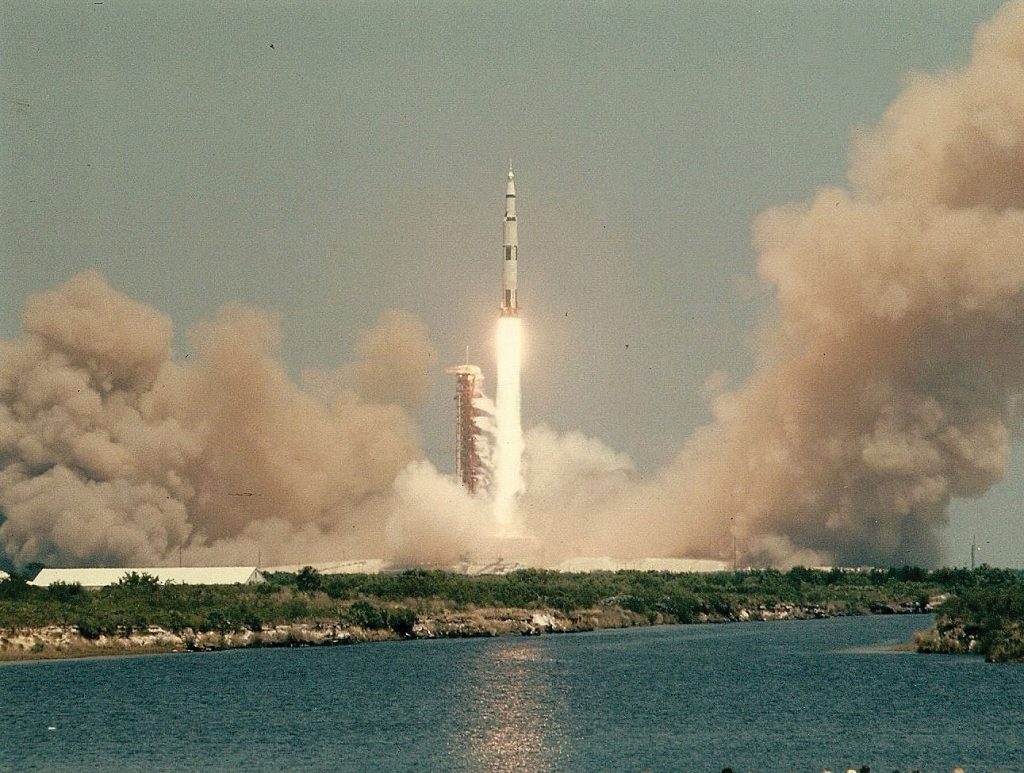
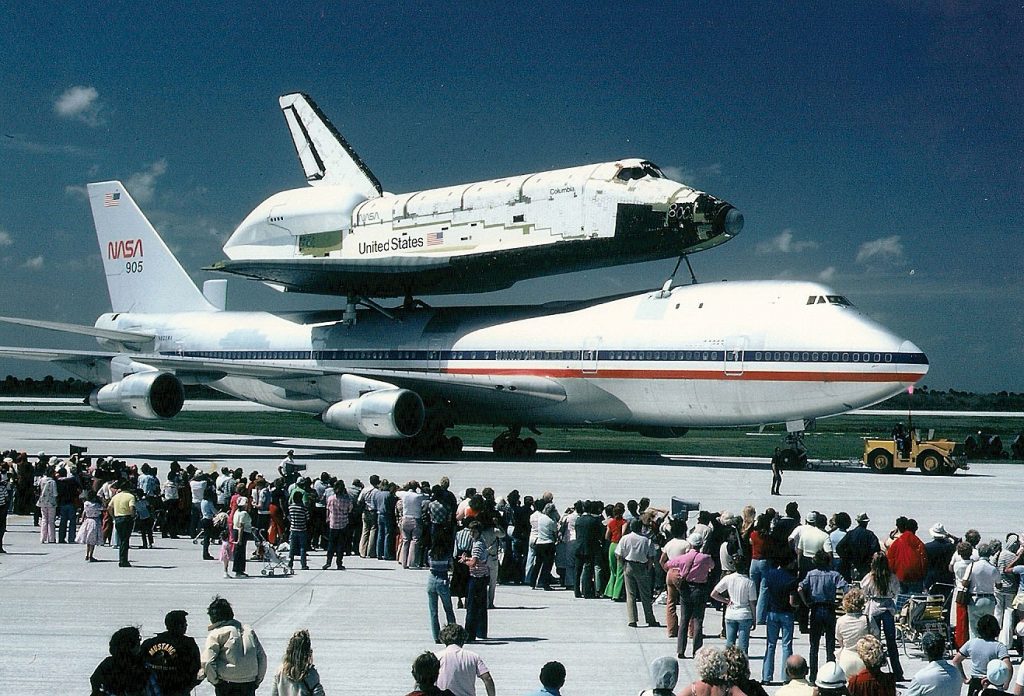
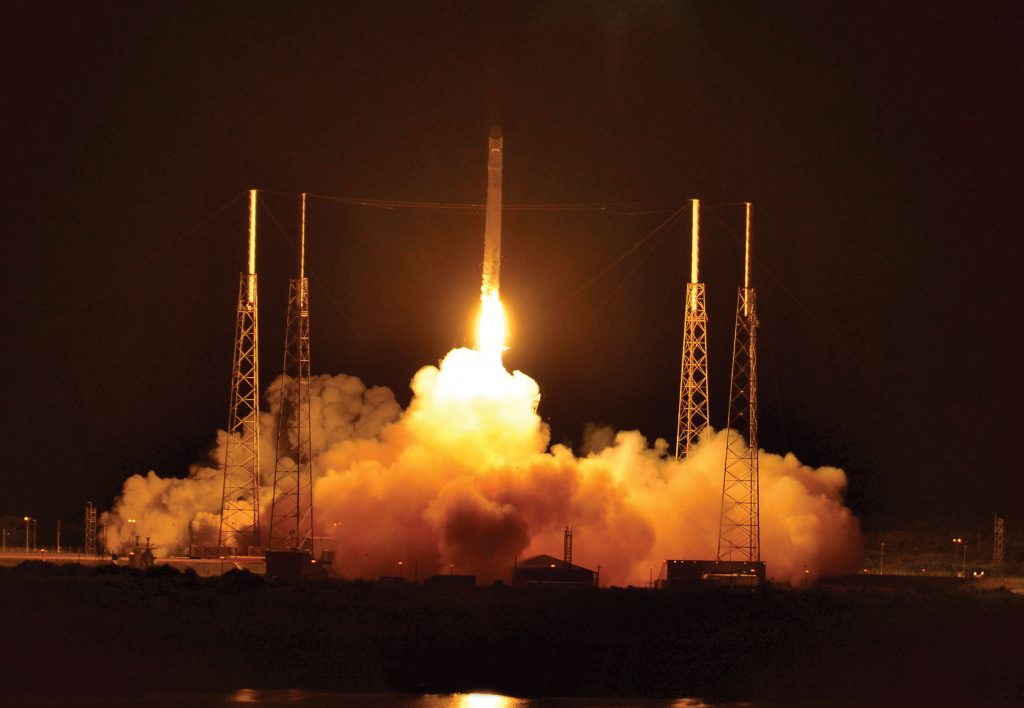
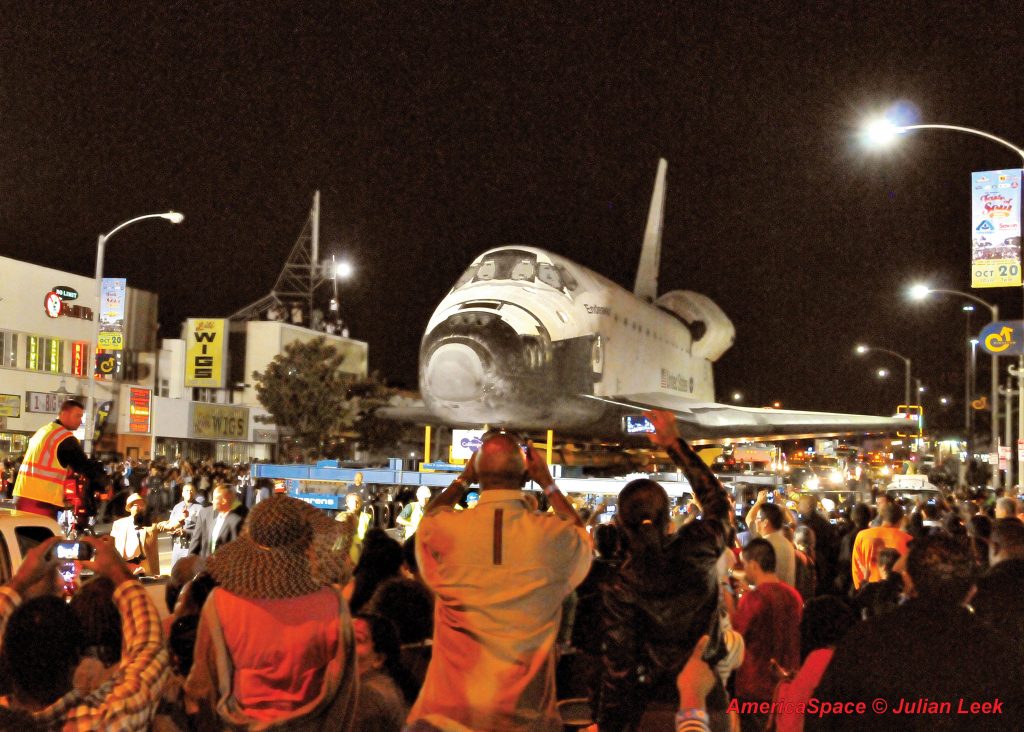
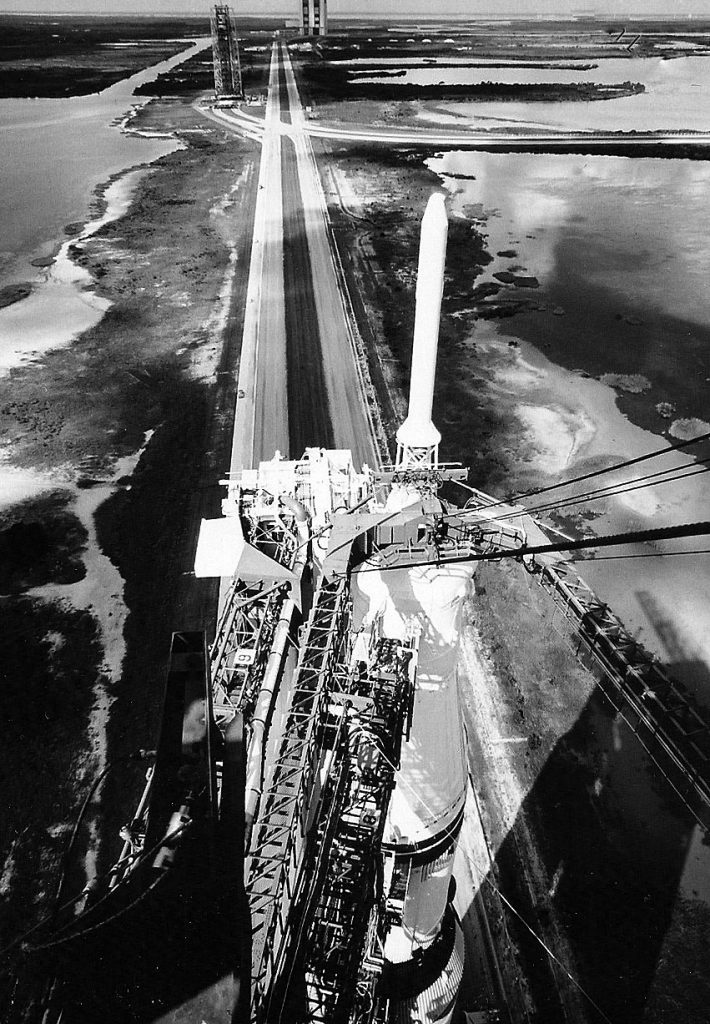
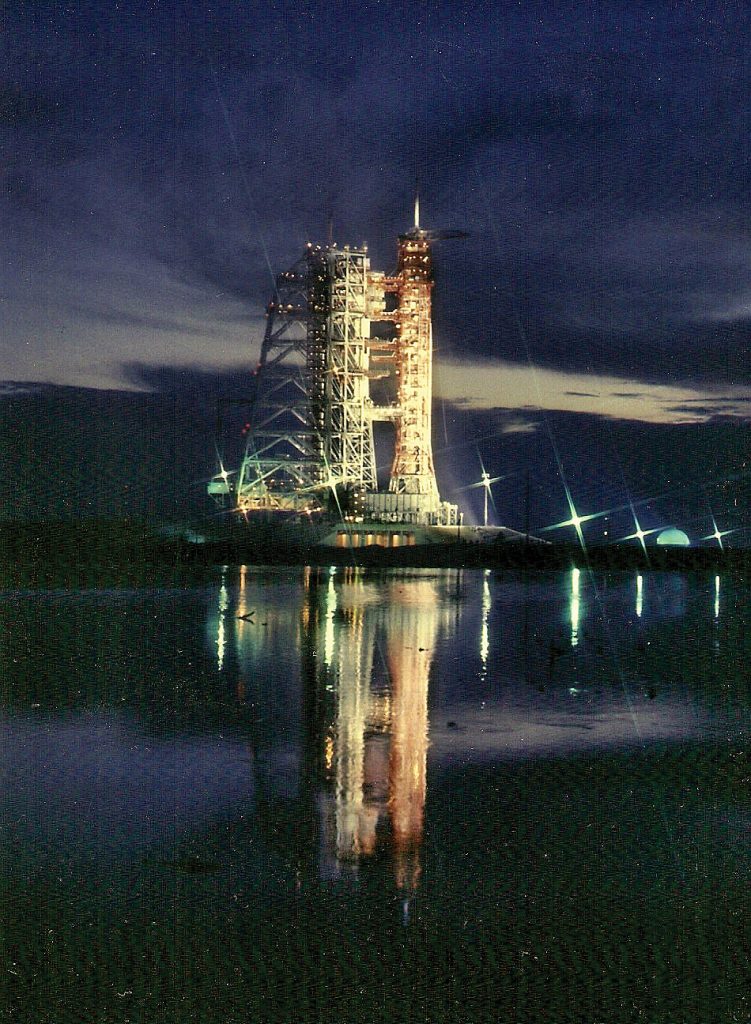
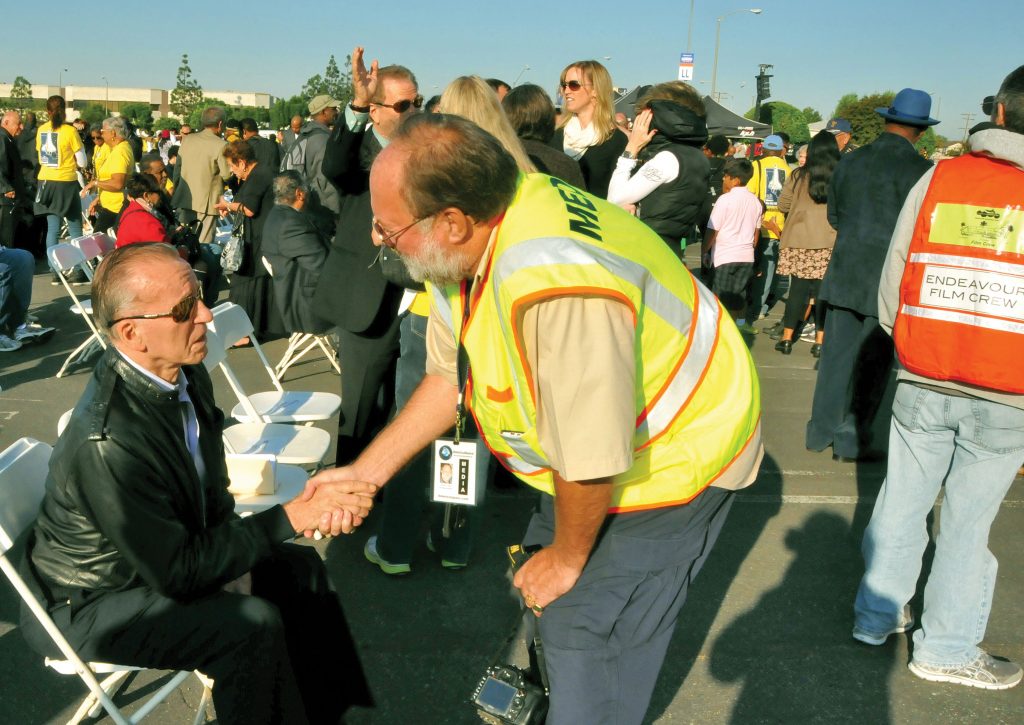
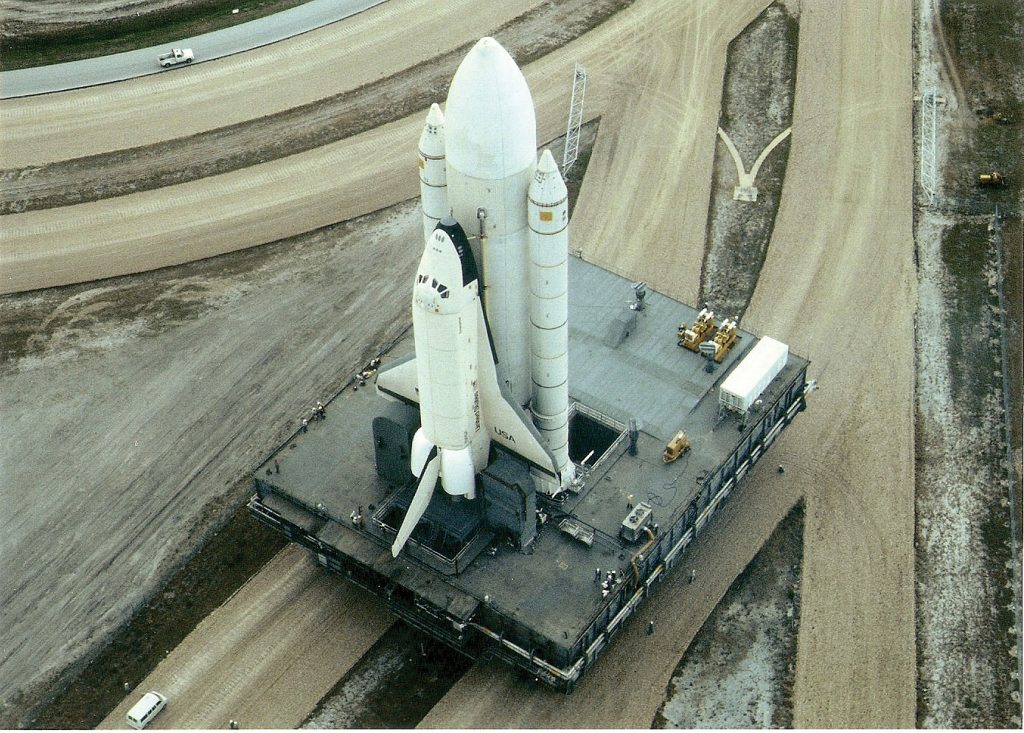
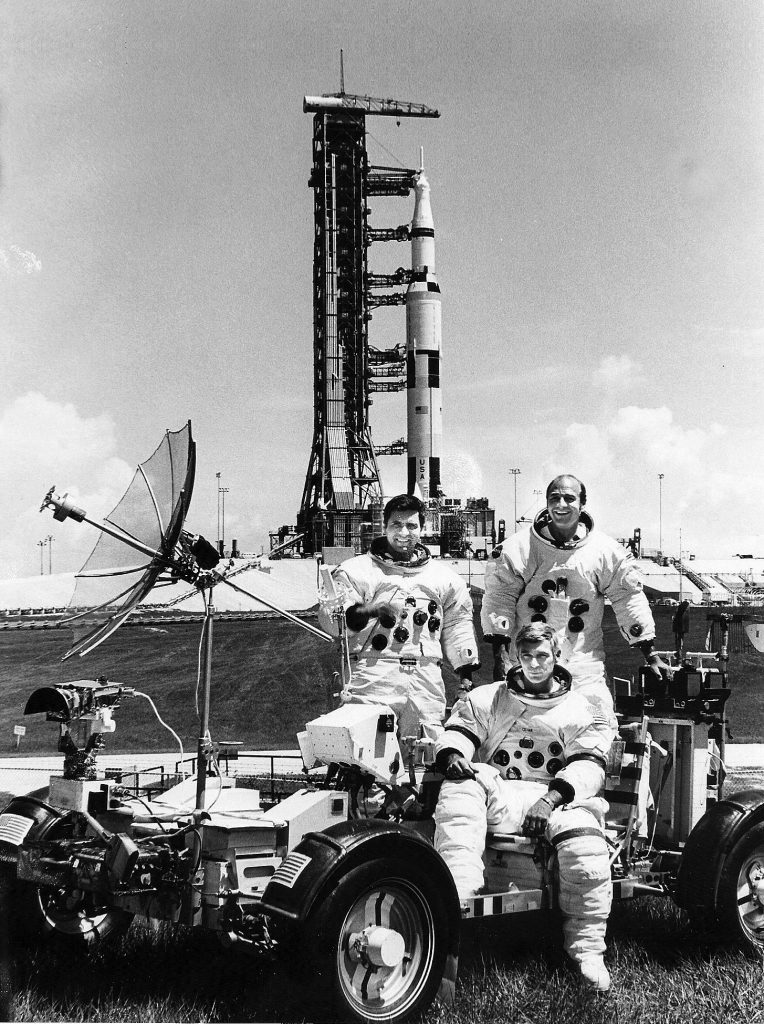
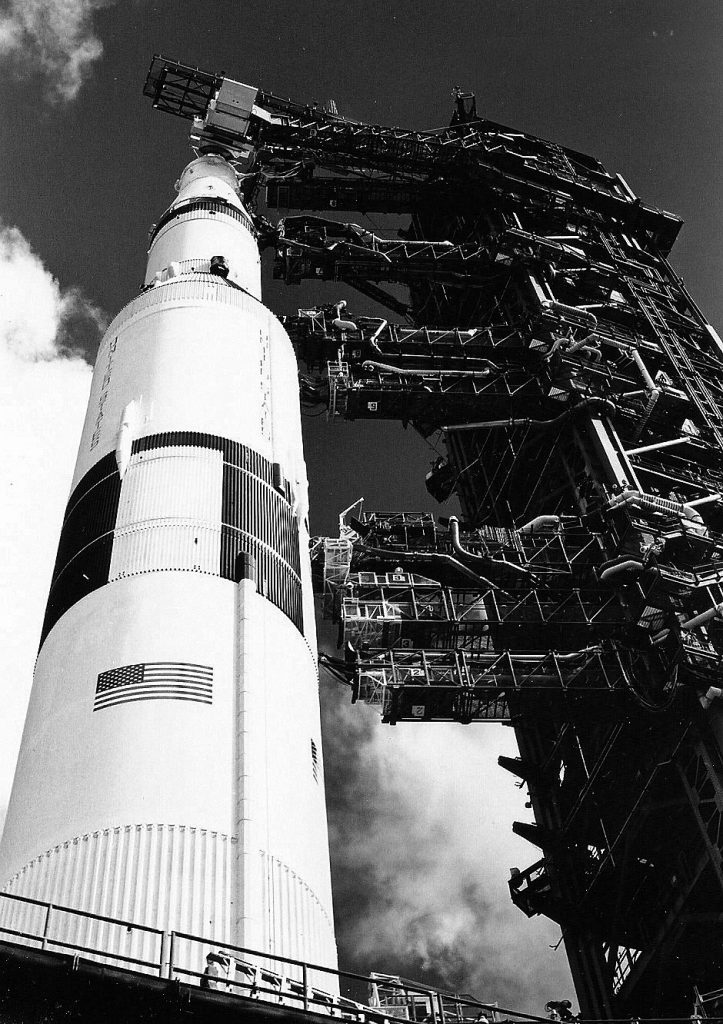
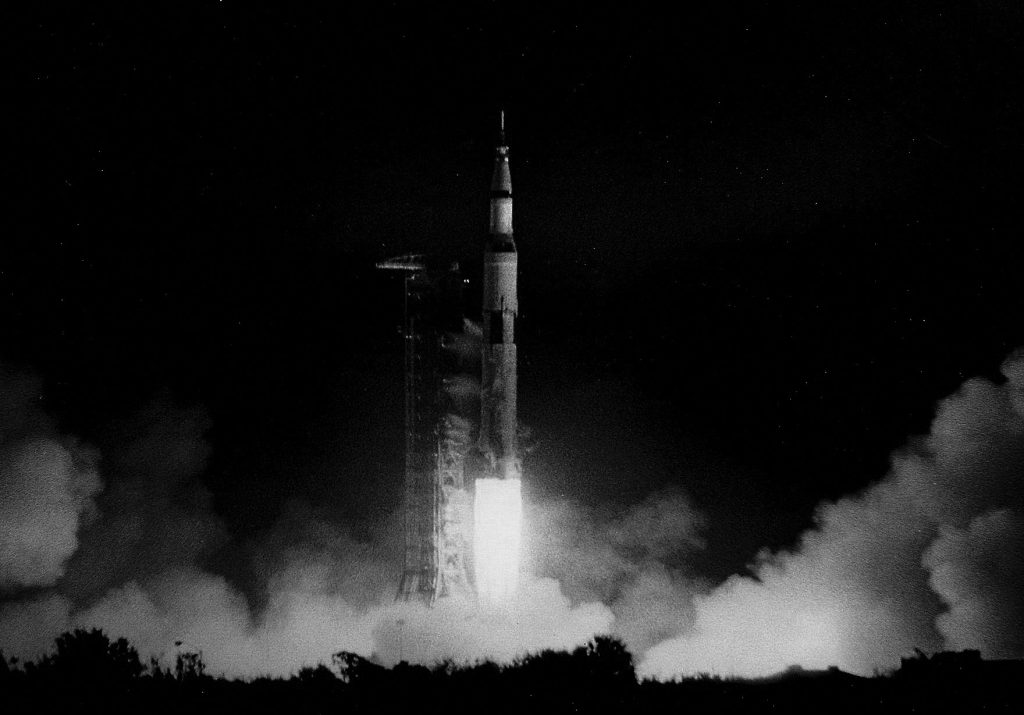
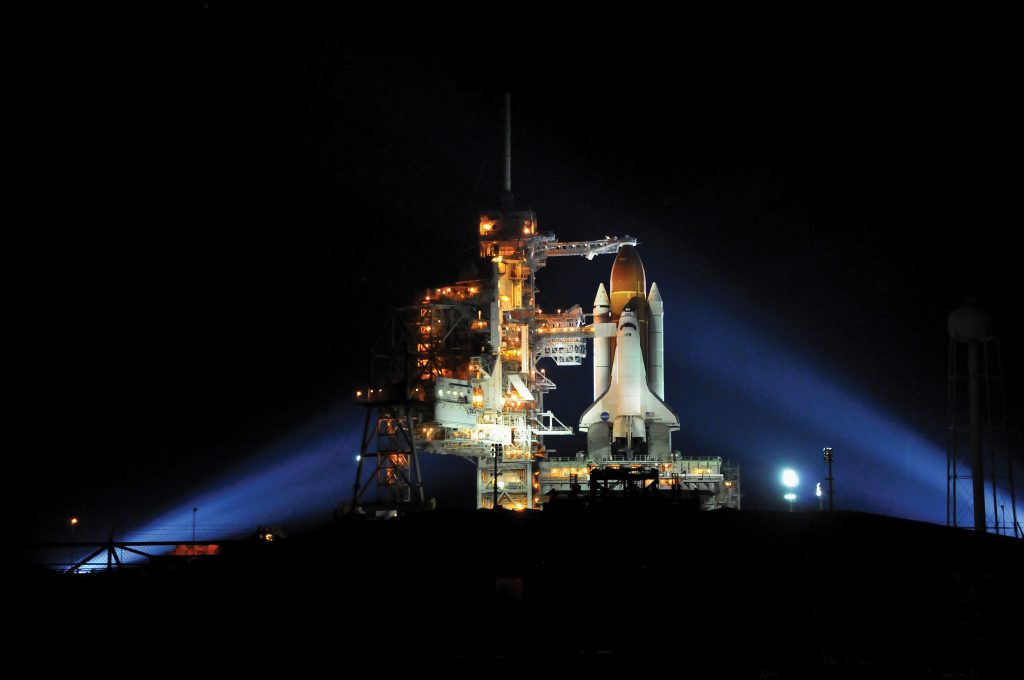
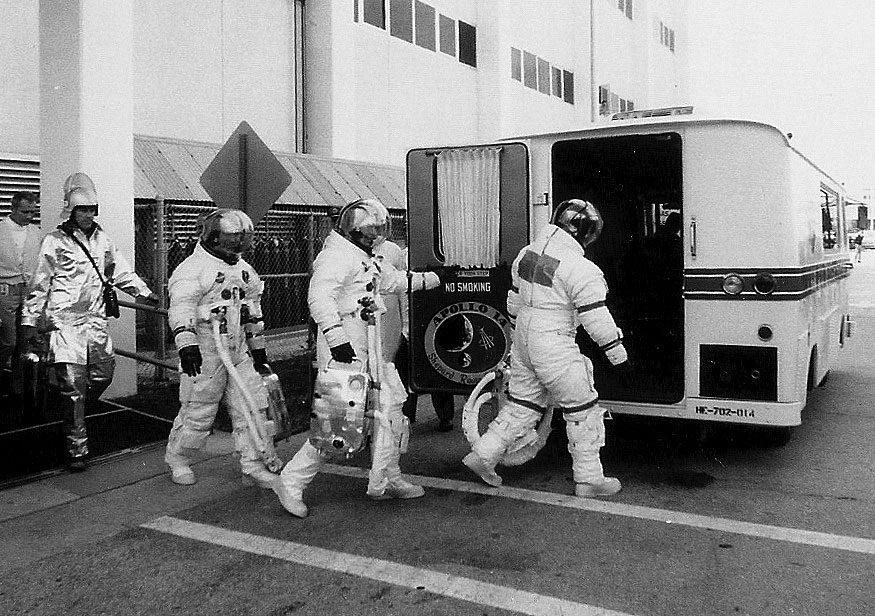

Julian Leek contributed to this article.

